 Service Phone:
+8619870423316
Service Phone:
+8619870423316
 Service Phone:+8619870423316
Service Phone:+8619870423316
current location: home > News and information > Reselection of knowledge
update date:2023-07-16 03:22:07Number of views: author:admin
The process flow of tin ore gravity beneficiation can be divided into heavy medium beneficiation process, jigging beneficiation process, shaker beneficiation process, chute beneficiation process, centrifugal beneficiation process, etc. The gravity separation of tin ore is a process of selecting materials through the flow of water in an inclined tank. Under the combined action of gravity, friction, water flow pressure, shear force, and baffle resistance (when there are baffles on the groove surface), the tin ore particles are loosely layered, achieving sorting according to specific gravity.
The specific process of tin ore gravity separation is as follows: the tin ore crushing system adopts three stages and one closed circuit crushing, and the tin ore grinding system adopts one stage and one closed circuit grinding, which is efficient and energy-saving. The selection process of tin ore is to obtain concentrate and tailings through four gravity selections combined with jigging and shaking table. The tailings are transported to the tailings pond through dry discharge, and the concentrate is concentrated and filtered before being transported to the concentrate warehouse.
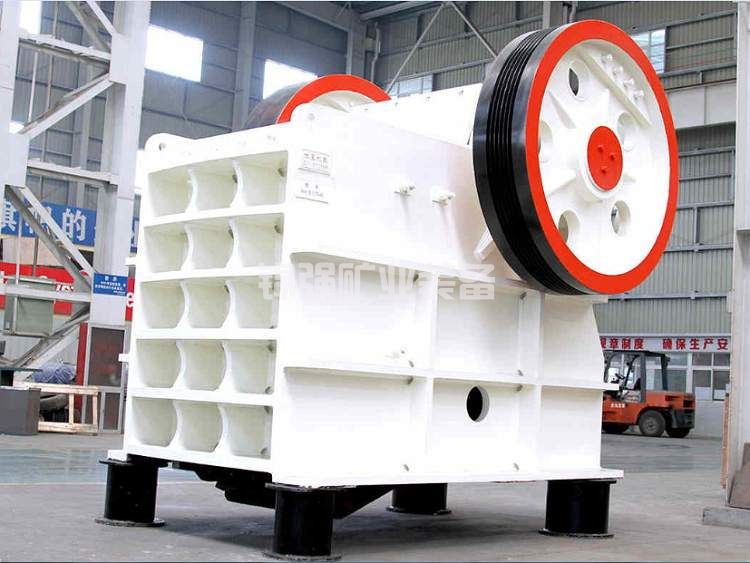

The crushing and screening stage in the tin ore gravity separation process: The raw ore is transported by a mining truck to a rectangular ore bin for storage, and then sent to a jaw crusher for primary crushing through electric vibration. The crushed products are transported to a cone crusher for secondary crushing, and the crushed products are transported to a fixed central vibrating screen through a belt conveyor for screening. The products on the screen are returned to the third stage crusher for crushing, The screened products are transported by belt conveyors to circular ore bins for storage.
The grinding and classification stage in the tin ore gravity separation process: The minerals in the shape ore bin are fed into the ball mill through an electric vibration feeder for grinding, and the grinding minerals are transported to the vibrating fine screen for screening. The products on the screen are returned to the ball mill for re grinding, and the products below the screen are re selected.
The gravity separation stage in the tin ore gravity separation process: the screened products and pipelines are transported to the jigging machine for rough selection. The jigged concentrate is selected by three shakers, and the jigged tailings are transported by pipelines to the next jigging machine for four selections. All the shaker tailings are transported to the pulp distributor and distributed to three shakers for cleaning. All the shaker concentrates are transported to the pump pool and then pumped to the Hydrocyclone. All shaking bed tailings and final jigging tailings are transported to the tailings pond through the tailings dry discharge process. After the concentrate entering the Hydrocyclone is graded, the overflow is conveyed to the high-efficiency thickener for re concentration, and the underflow of the thickener and the underflow of the hydrocyclone are conveyed to the high-efficiency multifrequency dewatering screen for filtration. The overflow of the thickener is transported to the filtrate tank like the filtrate water, and the filter cake is transported to the concentrate bin by a belt conveyor.
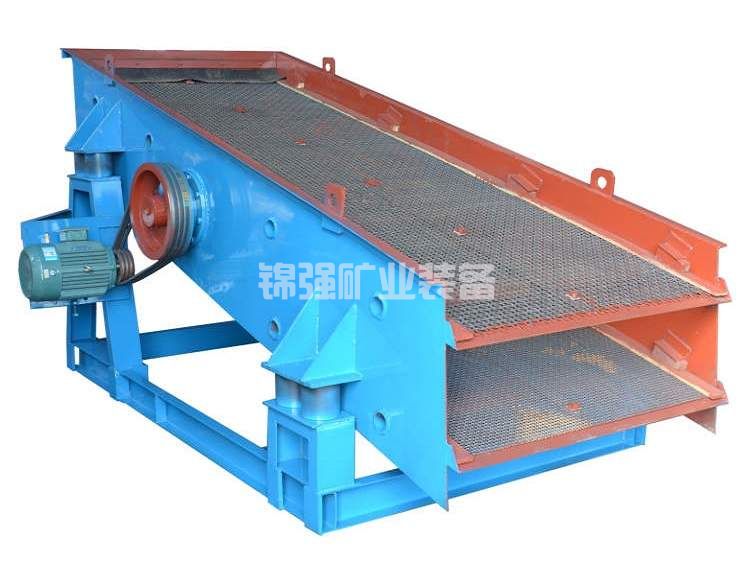
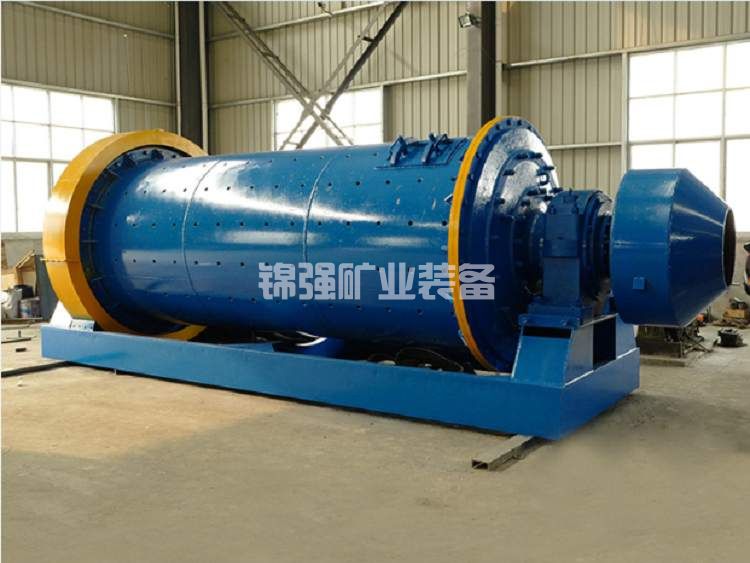
The tin ore gravity separation process consists of a series of continuous operations. The nature of tin ore gravity separation operation can be divided into three parts: preparation operation, selection operation, and product processing operation.
(1) Preparation tasks, including a: crushing and grinding, for dissociating useful tin ore monomers; b: Washing and desliming of ores with high viscosity or clay content; Desliming operation is a key task in the re selection process, which directly affects the selection indicators.
(2) Selecting homework is the main link in tin ore sorting. The selection process is simple and complex, and consists of Unit operation, such as heavy medium separation.
(3) Product processing operations mainly refer to concentrate dewatering, tailings transportation, and stacking.
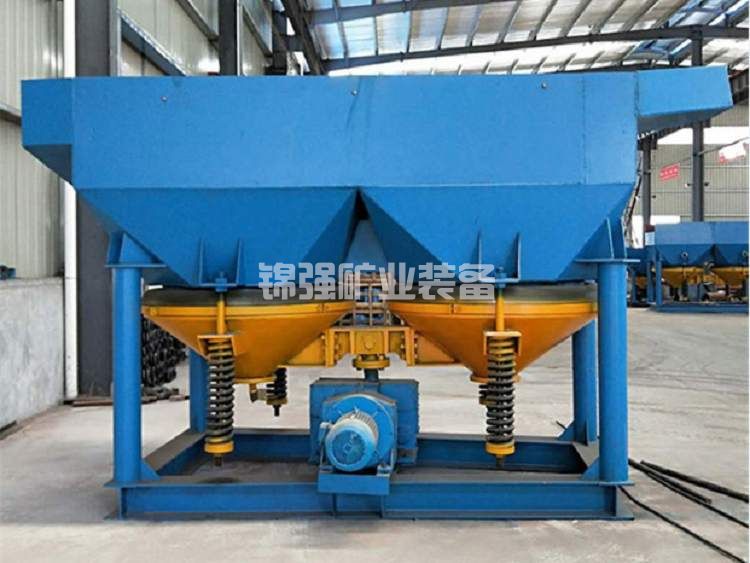
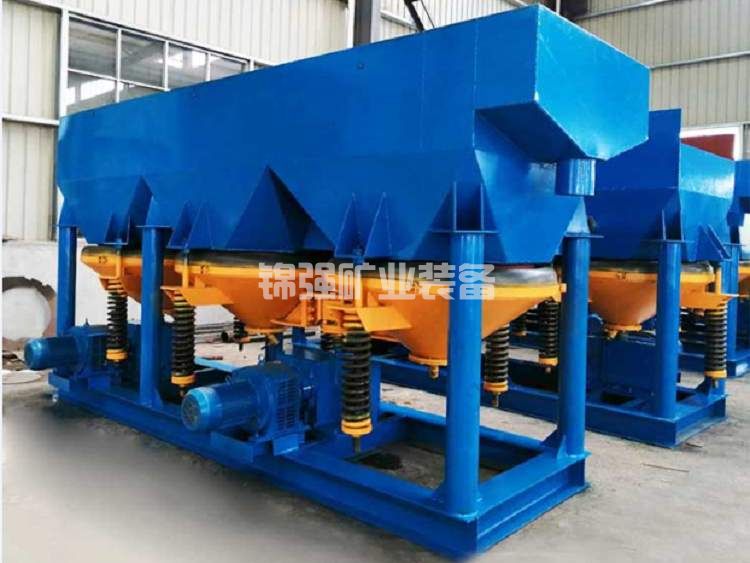
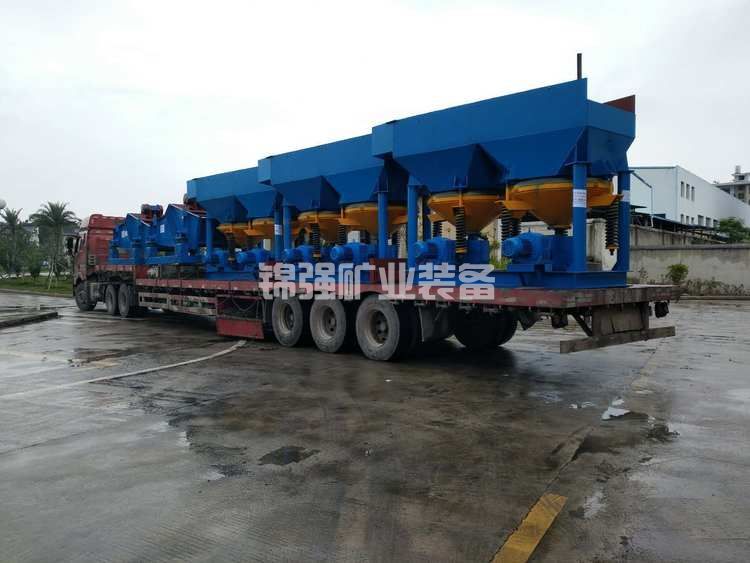
The equipment used in the tin ore gravity separation process and its purpose:
Jaw crusher and cone crusher: Crush ore to separate useful minerals and gangue minerals.
Self centering vibrating screen and vibrating fine screen: Divide the mixed materials into different grades based on particle size, select products with qualified particle size, avoid excessive crushing of ore, and improve the productivity of the crusher.
Ball mill: Crushing ore to achieve finer particle size.
Jigger: use Density contrast of ore to separate minerals.
Shaker: Gravity beneficiation method is used to treat fine-grained materials.
Hydrocyclone: timely separation of qualified products: with concentration function.
Thickener: Precipitates and concentrates the ore slurry, separating the thinner ore slurry from the clarified solution and refining the ore slurry.
Filter: removes most of the capillary moisture from the material.
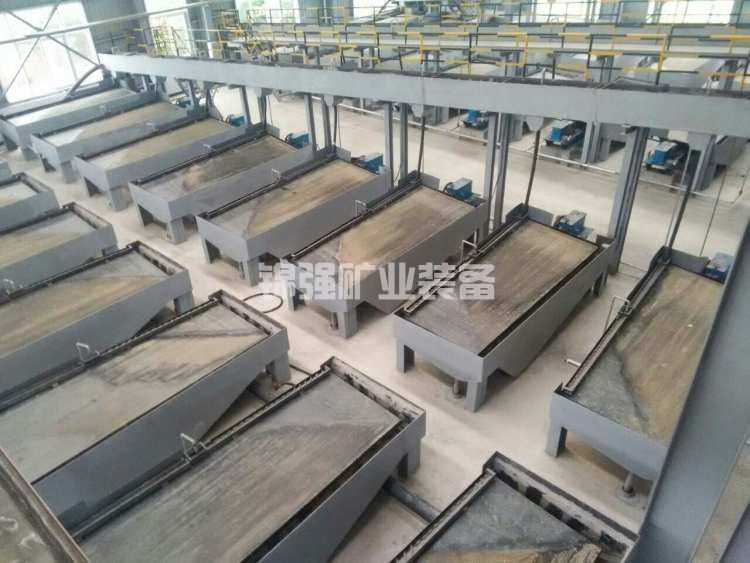
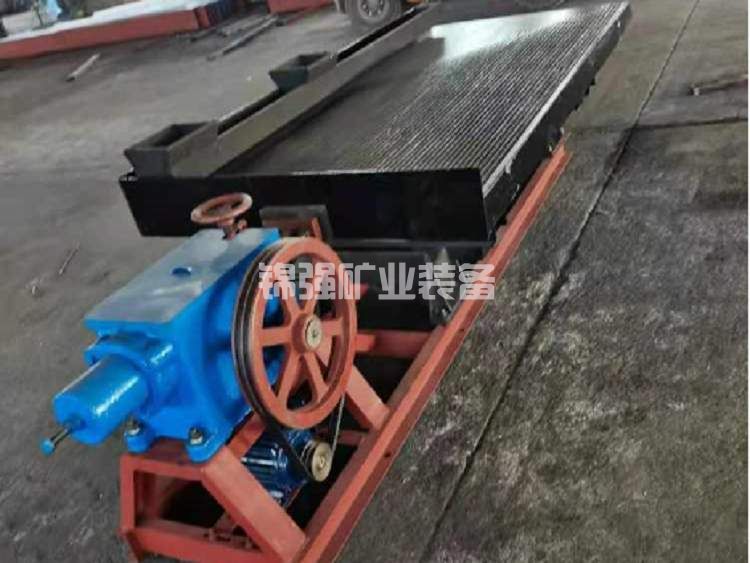
In order to make the tin ore gravity separation process efficient, the selection of pre separation equipment is also important. The purpose of grinding is to dissociate mineral monomers. The coarse grinding should adopt the open-circuit rod grinding process, while the fine grinding should adopt the closed circuit ball mill process. The ball mill should form a closed circuit process with the sieve, and the use of a cyclone should be avoided here to reduce the selective overgrinding of heavy brittle valuable minerals. Mud will increase the pulp year and reduce the sorting accuracy. For particle sizes less than 10 μ M fine particles shall be deslimed by Hydrocyclone. In order to achieve the water balance of the gravity concentration plant and control the pulp concentration within a better range, Hydrocyclone or thickener can be used, or the return water of the gravity concentration plant can be recovered. If the ore contains a certain amount of sulfide minerals and the coarse particle size is less than 300 μ m. Sulfide minerals shall be removed by foam flotation before gravity concentration, otherwise the separation performance of gravity concentration equipment will be reduced.
Tin ore gravity separation process flow - beneficiation and jigging process flow:
The beneficiation process is one of the ancient tin ore gravity separation processes, but its basic principles are only clear today. Jigs are usually used to handle relatively coarse materials. If the ore grading is narrow (such as 3-10mm), it is not difficult to provide good sorting results for minerals with relatively small specific gravity differences in the ore (such as fluorite with a specific gravity of 3.2 and timely sorting with a specific gravity of 2.7). When the specific gravity difference is large, materials with wider particle sizes can also achieve good sorting results. Many processes consisting of large jigs are still used in coal, cassiterite, tungsten, gold, Baryte and iron ore industries. The unit processing capacity of the graded ore feeding jig is quite high, and the ore feeding particle size is greater than 150 μ m. Good mineral recovery can be achieved with particle size less than 75 μ m. Often, an appropriate recovery rate can be obtained. Excessive content of fine sand and slime can affect the performance of the jig. Therefore, it is necessary to control the fine particle content to ensure better bed conditions.
During the beneficiation process, minerals with different specific gravity form a bed layer under the layering effect of pulsating water flow, and are sorted in the bed layer. The purpose of skipping is to loosen the bed layer of the pre-treatment material, control its looseness, and allow heavier and finer particles to drill through the gaps in the bed layer, while larger coarse particles settle under approximate interference settlement (Lyman, 1992). During the pulsation process, the entire bed is stimulated. As the speed decreases, the bed tends to loosen, and the bottom particles first decrease until the entire bed is completely loosened. The bed gradually tightens during the suction process. Each stroke is repeated in this way, with strokes typically ranging from 55 to 330cmin-1. After the coarse particles are stationary, the fine particles tend to drill holes. Fixed screens and pulsating water flow can be used, as well as motion screens
Tin ore gravity beneficiation process flow - shaking table beneficiation process flow:
The shaking table is composed of a slightly inclined bed surface a, with a solid feed of about 25% by weight entering the bed surface through the feed box. The flushing water is distributed along the C-section by the feed water tank d along the rest of the feed side. The shaking table vibrates longitudinally by a transmission mechanism, with a slow forward stroke and a fast return stroke, causing mineral particles to crawl along the bed surface in the parallel vibration direction. Therefore, minerals are subjected to two forces on the bed surface, one caused by the shaking motion of the bed, and the other caused by the flow film at right angles to the force. As a result, the particles flow diagonally through the bed surface from the feeding end, and due to the influence of the flow film effect, the particles unfold in a fan-shaped shape on the bed surface. The smaller heavy particles move the fastest and enter the remote concentrate tank, while the larger light particles are washed into the tailings tank installed along the length of the shaking table by water. Figure 10.26 shows the ideal distribution of the shaking table product. Adjustable diverters are often installed at the concentrate end to divide the products here into two parts: high-grade concentrate and intermediate concentrate.
The bed surface of a rocking bed is usually made of wood, supported by materials with high friction coefficients such as linoleum, rubber, and plastic. The bed surface is also made of fiberglass, which is expensive but wear-resistant. The multiple strips on this bed surface are molded. The particle size plays a very important role in the selection of a shaker. When the particle size range of the shaking table feeding is expanded, the sorting efficiency decreases. If the shaking table feeding is composed of wide particle size materials, some particle size materials cannot be effectively sorted. From Figure 10.26, it can be seen that in the ideal selection, the resulting middling ore is not a true middling ore, that is, a combination of minerals and gangue, but rather relatively coarse heavy particles and finer light particles.
Due to its ability to effectively separate coarse, light, fine, and heavy particles, a shaker is usually used for classifying minerals, as a classifier can divide these particles into the same product on an equal ratio basis. The bed surface tilts from the self-sufficient ore end to the tailings discharge end, and the correct tilt angle is selected using a handwheel. In most cases, the separation boundary of the bed surface is clearly visible and the inclination angle is easy to adjust.
Tin ore gravity beneficiation process flow - chute beneficiation process flow:
Chute beneficiation process flow: Over the years, it has been used for various purposes in beneficiation, but its most widespread use may be to treat coastal tin placers. This type of chute concentrator is composed of spiral chutes, with a semi circular profile for correction. The slurry concentration ranges from 15% to 45%, and the particle size ranges from 3 to 75% μ Between m, entering from the top of the spiral, as the slurry spirals down, the combined effects of centrifugal force, different settling velocities of the material, and fine flow between gaps through the flowing mineral deposit layer the material. The discharge hole for high density particles is installed at the lowest point of the profile. Add washing water to the inner edge of the ore flow and flow outward through the concentrate belt. The separator can control the width of the concentrate belt discharged from the discharge hole. The concentrate grades intercepted at different points decrease sequentially from top to bottom. Tailings are discharged from the lower side of the spiral chute.
Until recently, spiral chutes based on the original Humphrey design were very small, and this design has now been discontinued. However, in recent years, significant progress has been made in spiral chute technology, and many different devices are still effective. The main progress is to develop a spiral chute where concentrate can be discharged from the bottom of the chute without the need for adding flushing water.
The inclination angle of the spiral chute is different, which will affect the sorting according to specific gravity, but has little impact on the concentrate grade and recovery rate. For example, using small dip angles to separate coal and shale, and using large dip angles to separate heavy silica minerals. The steep slope angle is used to separate heavy minerals from heavy gangue minerals, which is conducive to the separation of zircon (specific gravity 4.7), Kyanite and cross zeolite (specific gravity 3.6). The processing capacity of low inclination spiral concentrators ranges from 1 to 3t. h-1, while the processing capacity of devices with steeper inclination angles is about doubled. The length of rough selection spiral chutes is generally more than 5 turns, and some selected spiral chutes have 3 turns. Due to the fact that the sorting operation of a spiral concentrator includes many devices, its sorting efficiency is closely related to the slurry distribution system used.
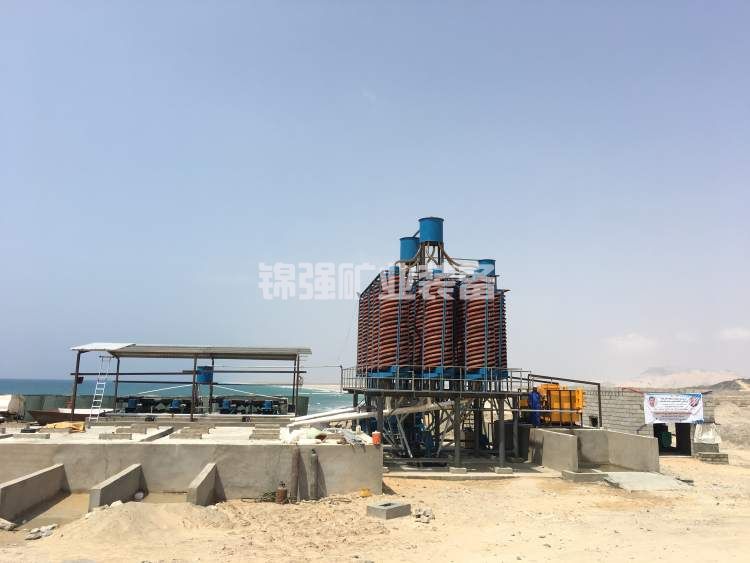
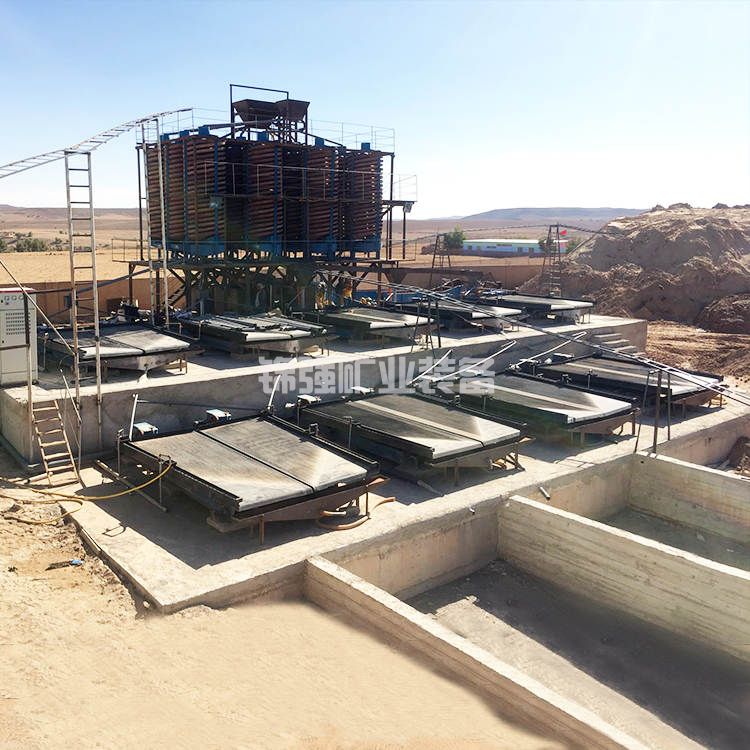
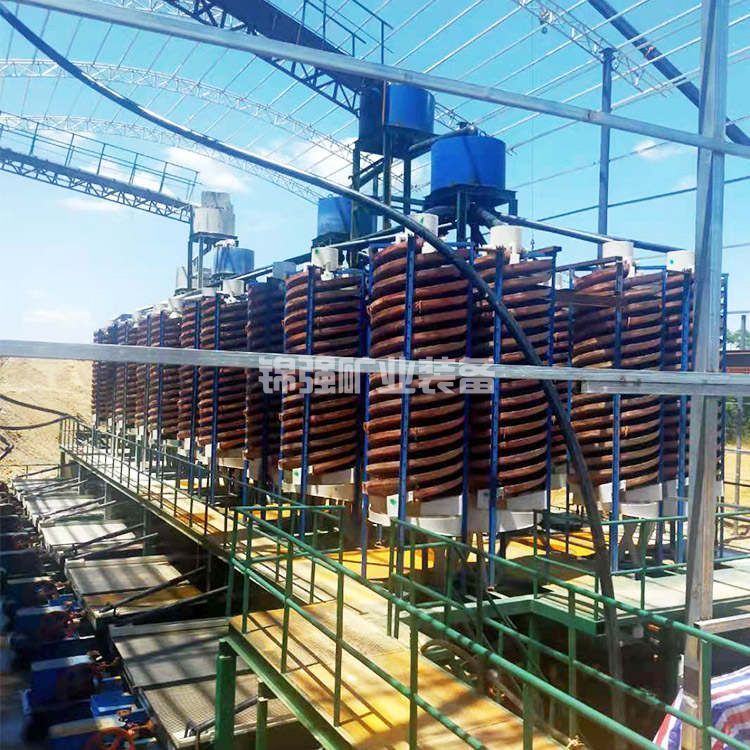
For more information on the tin ore gravity separation process and equipment, please contact Jinqiang. The technical manager will provide you with a detailed technical plan and equipment quotation for the tin ore gravity separation process. Please feel free to inquire and learn more.
Detailed explanation of tin ore gravity separation process flow The difference between energy-saving bal
The difference between energy-saving bal The drawbacks of difficult selection and
The drawbacks of difficult selection and Introduction to the characteristics of d
Introduction to the characteristics of d Types of mining magnetic separation equi
Types of mining magnetic separation equi What is the price of the Hesha magnetic
What is the price of the Hesha magnetic  The dry magnetic separator is applicable
The dry magnetic separator is applicable The price of dry magnetic separators is
The price of dry magnetic separators is  Selection range of fly ash magnetic sepa
Selection range of fly ash magnetic sepa Magnetic field intensity division of mag
Magnetic field intensity division of mag Different factors affecting the price of
Different factors affecting the price of How to achieve better magnetic separatio
How to achieve better magnetic separatio Industrial types and requirements of man
Industrial types and requirements of man Cement grinding process flow of ball mil
Cement grinding process flow of ball mil Optimization and Improvement of Wollasto
Optimization and Improvement of Wollasto Production process and main equipment of
Production process and main equipment of Complete set of beneficiation equipment
Complete set of beneficiation equipment  Complete equipment for quartz sand benef
Complete equipment for quartz sand benef Complete equipment for graphite ore bene
Complete equipment for graphite ore bene Complete set of beneficiation equipment
Complete set of beneficiation equipment  Complete set of mining beneficiation equ
Complete set of mining beneficiation equ Complete energy-saving beneficiation equ
Complete energy-saving beneficiation equ Complete set of manganese ore beneficiat
Complete set of manganese ore beneficiat Gold selection complete equipment
Gold selection complete equipment Complete beneficiation equipment
Complete beneficiation equipment Complete set of sand gold beneficiation
Complete set of sand gold beneficiation  Complete set of Baryte beneficiation equ
Complete set of Baryte beneficiation equ Complete beneficiation equipment for cop
Complete beneficiation equipment for cop Complete set of iron ore equipment
Complete set of iron ore equipment Complete machine for iron ore beneficiat
Complete machine for iron ore beneficiat Complete beneficiation production line
Complete beneficiation production line